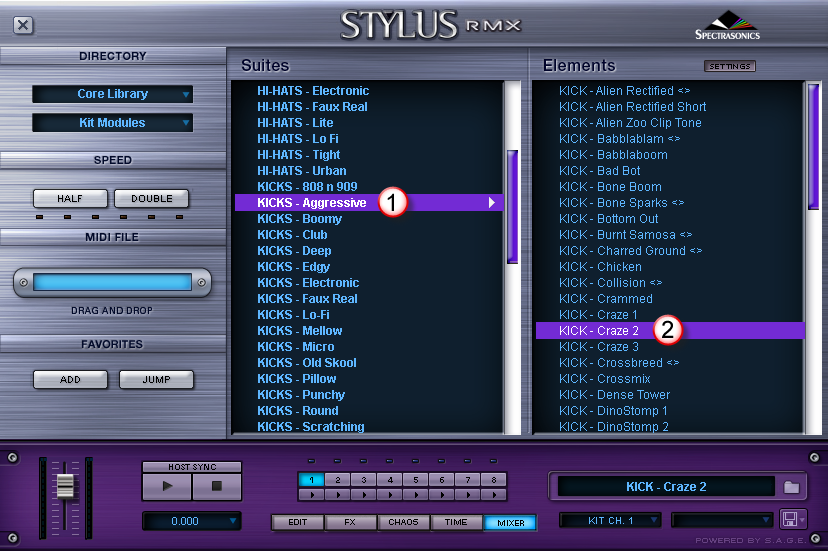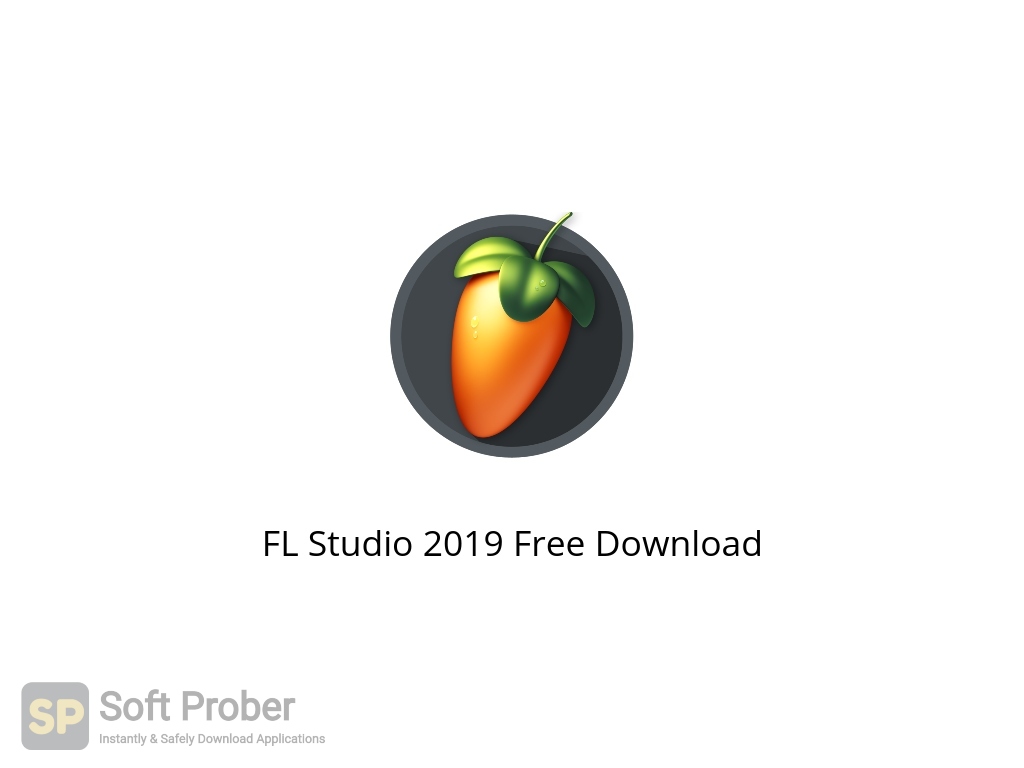
But its results don’t have to sound realistic. Users will notice that there aren’t many velocity layers for the kit pieces here, which is why I see little use for Stylus RMX in music productions that require a drum kit performance that sounds authentic. Although less useful for acoustic drum performances, Stylus RMX’s drum kits are perfectly designed for electronic and experimental music productions. Once switched to “kit” mode, Stylus RMX will unfold its vast factory preset library of well-assembled virtual drum kits. Just follow the following steps and you can start finger drumming with Stylus RMX drum kits!įor a brief tutorial on using Stylus RMX drum kits, watch this video: While Stylus RMX is an outstanding groove-making, groove-shaping, and groove-layering tool, many people don’t know that it can also be used as a virtual drum kit. It has been on the market for about a decade and has been a great success for Spectrasonics, known for producing top-notch virtual instruments such as the “power-synth” Omnisphere and the “total bass module” Trilian. Playback tool: Using this tool, you can select exactly where you want to play the track from.Many people with experience making computer-based music will surely know Spectrasonics’ loop-based groove production flagship Stylus RMX.

Zoom tool: This tool can be used to zoom into a section of the playlist.

Select tool: Using this tool, you can left click and drag to select multiple patterns on multiple tracks. Slice tool: This tool can be used to chop or “slice” the patterns. Slip tool: This tool allows you to lengthen a pattern by dragging it from the edges. Mute tool: Using this tool allows you to mute selected patterns. Paintbrush tool: Using this tool, you can left click and drag your selected pattern along the track.ĭelete tool: Using this tool, you can left click and drag to delete patterns, although honestly it’s way easier to just right click and drag within the pencil or paintbrush function to delete patterns. Pencil tool: This let’s you individually draw in your selected pattern. Here’s a brief overview of their functions: The editing icons at the top of of the playlist window are very similar to the ones in the piano roll. Playback tool: Using this tool, you can select exactly where you want to play the sequence from. Zoom tool: This tool can be used to zoom into a section of the piano roll. Select tool: Using this tool, you can left click and drag to select multiple notes.

Slice tool: This tool can be used to chop or “slice” notes. Slip tool: This tool allows you to lengthen notes by dragging them from the edges. Mute tool: Using this tool allows you to mute selected notes. Paintbrush tool: Using this tool, you can left click and drag notes along the piano roll.ĭelete tool: Using this tool, you can left click and drag to delete notes, although honestly it’s way easier to just right click and drag within the pencil or paintbrush function to delete notes. Pencil tool: This let’s you individually draw notes in the piano roll. Have a play around with creating some basic chords or melodies within the piano roll, and experiment with these tools to manipulate your sequences. I won’t go into too much detail on each icon here, as they are fairly self explanatory, but hovering over each one will tell you about the function of the button.

These are your editing tools, and can be used to precisely edit, slice, lengthen and select your notes. Along the top bar of the piano roll window, you’ll notice several icons.


 0 kommentar(er)
0 kommentar(er)
